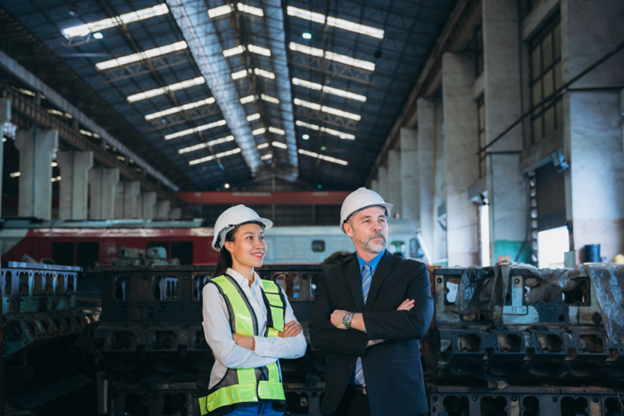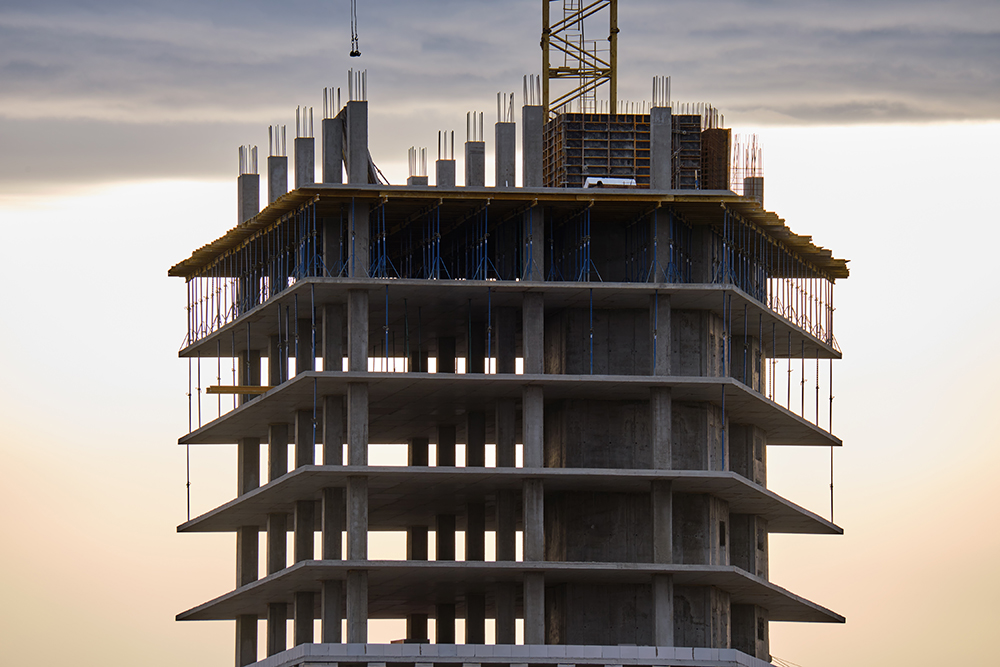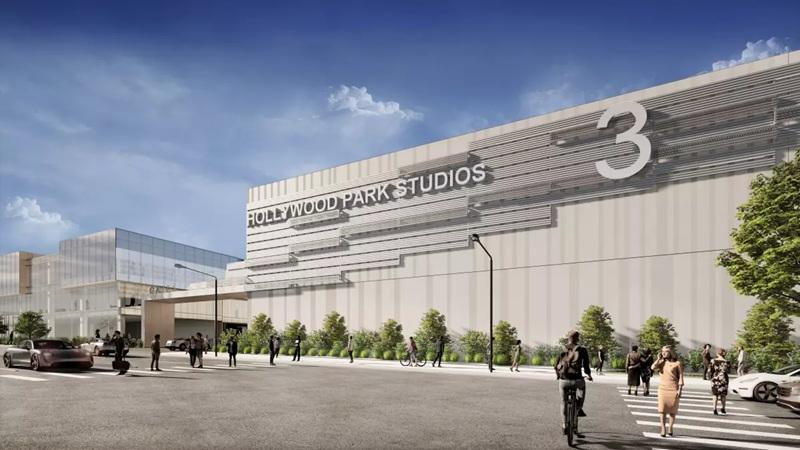Investment in industrial buildings has been an interest for savvy investors even before industrial zoning was instituted across the nation. But demand for the industrial commercial real estate asset class has been growing by leaps and bounds in the wake of the global pandemic. If you haven’t at least considered investing in industrial buildings, you’re sleeping on a huge portion of commercial investment’s future. Let’s take a closer look at the industrial sector of commercial real estate investment and how it’s evolving to keep pace with our rapidly developing world.
The Genesis of Industrial Zoning in the United States
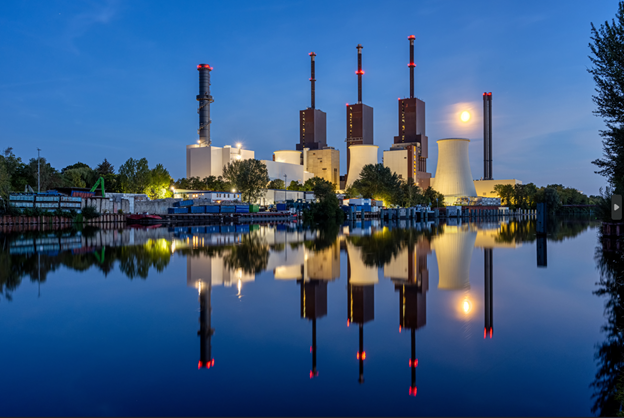
Even if you’re just considering investment, you’re likely passingly familiar with zoning laws. They’re used to dictate the types of properties permitted for construction and operation within an ordained area. Industrial zoning would apply specifically to those types of properties within the industrial asset class. This includes:
- Factories
- Power plants
- Warehouses
- Distribution centers
- Transportation hubs
- Refineries
- Municipal buildings
- Film production
In short, industrial zoning accommodates any space that could be used to manufacture, store, distribute, or contribute to the operation of an area’s commercial industries.
Industrial zoning didn’t really become a thing until the aftermath of World War II when there was an urgent need for manufactured goods. Multiple business organizations and civic planners hammered out the first industrial zoning laws. Their goal? To isolate industrial buildings from residential areas so as not to disrupt the quality of life.
The Unique Freedom of Industrial Zoning
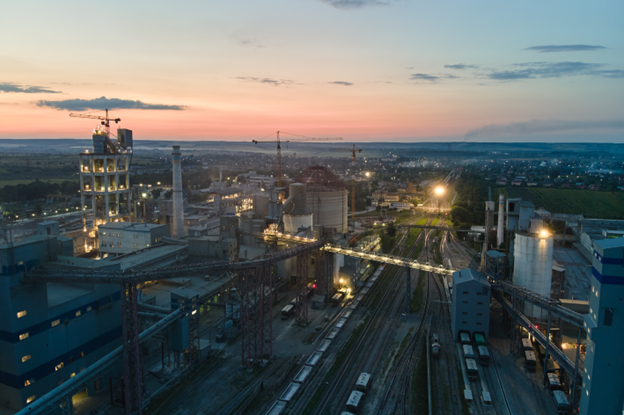
Though industrial zoning laws were drawn up to maintain the health, safety, and comfort of residential areas, the industrial sector has enjoyed a unique freedom in this civic isolation. It means that factories and the like aren’t restrained by strict regulations on noise. And that’s just the beginning.
Industrial buildings are free to bang, clang, vibrate, and generate traffic from logistical transportation. These zoning laws basically make it possible for industrial buildings to be industrial buildings! As if to celebrate this point, industrial areas across the country enjoyed a period of profound growth and abundance immediately after industrial zoning was popularized in the 1950s.
Obviously, there’s a huge difference between industrial and residential areas. But there’s also a significant gulf between what’s permissible in an industrial sector versus a commercial sector. Commercial areas are subject to much stricter regulations on noise, traffic, and, of course, pollution. But industrial buildings can also typically get away with more when it comes to aspects you might overlook, such as the position of a building in relation to the sidewalk or curb.
Organization Within Industrially-Zoned Areas
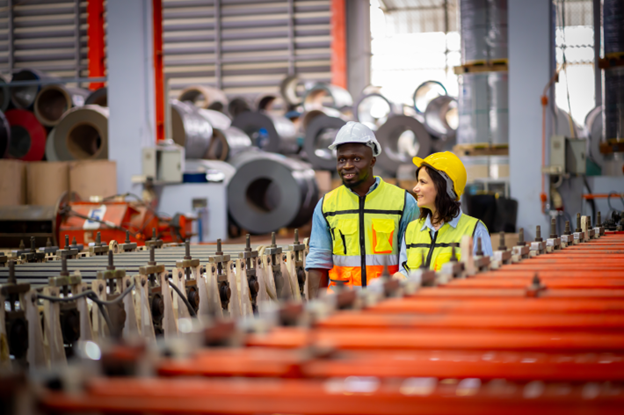
While the freedom of industrial zoning is undeniable, a great deal of organization exists even within an area zoned for industrial use. Factors that can contribute to where industrial buildings are situated within an industrially zoned sector include:
- Extremity of permitted industrial use
- Noise allotment
- Traffic permissions
- Pollution allowances
- Non-industrial activity
A simpler way to look at industrial zoning is a basic division between two types: light industrial zoning and heavy industrial zoning.
Light Industrial Zoning
Often operating with an end product in mind, light industrial manufacturing facilities frequently cross into the business-to-consumer (B2C) market. Light industrial buildings aren’t situated to create components, but rather finished products.
Examples of light industrial businesses include:
- Electronics (end product) manufacturers
- Construction workshops
- Factories specializing in food products and perishable goods
- Facilities focused on solar power
Heavy Industrial Zoning
Heavy industrial manufacturing typically focuses on larger scale projects without the ultimate consumer in mind. A heavy industrial facility could produce components for eventual product assembly. But customers of heavy industrial facilities are typically other businesses, feeding into the business-to-business (B2B) market. For example, a vacuum cleaner manufacturer would likely purchase components from various heavy industrial factories to put together their product.
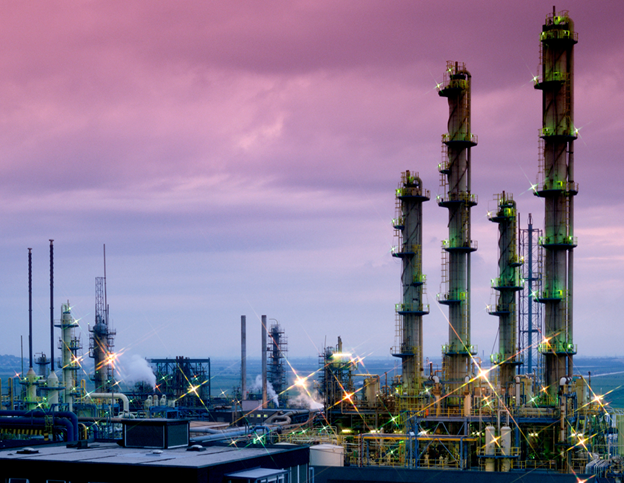
Heavy industrial zoning also accounts for energy producers, such as power plants, oil refineries, and the like. Solar companies remain exempt because they are often manufacturing solar panels that are sold directly to the consumer.
Examples of heavy industrial businesses include:
- Chemical manufacturing or refining facilities
- Mining plants
- Large scale construction
- Airports
- Power plants (solar energy excepted)
The Role of Industrial Buildings in the Face of Global Crisis
The United States generates a consistent demand for the multitude of services provided by industrial buildings. Yet, this increased to a pronounced urgency during the early days of the global COVID-19 pandemic. A dearth of medical supplies including N95 masks and hospital gowns highlighted the importance of our nation’s industrial sectors.
With efforts to meet demand initially inadequate, an emphasis returned to local means of manufacturing as opposed to reliance on overseas trade. Though an urgent need for U.S.-based manufacturing had been argued for years, the pandemic rapidly clarified the importance of fully functional industrial buildings on domestic soil.

Just as the pandemic underscored the emphasis on local industrial buildings, climate change initiatives are promoting an urgency for manufacturing on a global scale. The market for sustainability and eco-consciousness in the face of crisis only continues to grow. With each passing year, facilities equipped to combat climate change become even sounder investments by offering products such as solar panels and electrical car components.
Surging E-Commerce is Changing the Industrial Landscape
Returning to the early days of the global pandemic, retail stores were shutting their doors and handing the keys over to e-commerce companies. Prior to 2020, e-commerce platforms were already climbing in an upward trajectory. But the events of the pandemic fast-tracked that ascension. And that’s an understatement.
One need only look at the Annual Retail Trade Survey (ARTS) numbers for 2020. In 2019, the year before the pandemic really got going, e-commerce companies secured a staggering $571.2 billion in sales. Not too shabby. But in 2020, that number rocketed to $815.4 billion. For those keeping score, that’s a $244.2 billion (or 43%) increase.

In the final two years of the COVID-19 pandemic, Americans spent $1.7 trillion through e-commerce platforms. And since that number’s so astounding, allow me to reiterate that this is American spending… not global. Those two years highlighted a 55% increase in e-commerce spending.
And things are only getting better in the world of e-commerce. But such a severe change in the way Americans (and the world) transact also means a major re-evaluation of the industrial sector. What worked at the end of World War II obviously isn’t applicable to the e-commerce era. So what’s changing? And how will it affect how you invest in industrial property?
Facing a New Model of Business
While e-commerce is in the spotlight, industrial buildings continue to propel the market into the future with a series of advances. There’s a whole new level of demand to meet. Sure, customer demand is nothing new. But in the modern world, people are much more accustomed to having even their loftiest demands satisfied.

E-commerce giant Amazon set a high bar for delivery times and product availability. But it was the industrial sector that reconfigured itself to make that standard a possibility. Looking at the situation at its most basic level, the solution to more demand is more supply. And that means more industrial buildings.
Logistical Challenges of the E-Commerce Era
But there’s also the monumental problem of logistics to consider. Prior to the rise of e-commerce, the journey of a product from the manufacturer to the consumer was clearly mapped out. The product would more or less begin at a manufacturing facility before being moved to an offsite warehouse or distribution center (if onsite storage wasn’t available).
From the storage facility, the product would shift to a fulfillment center, often managed by a third-party entity. And, to complete its journey, it would move from this facility to the shelves of a store. This logistics model required bulk orders to be placed with foresight; sometimes even months in advance of hitting the shelves. Because of this, goods often moved in a seasonal cycle.
But e-commerce largely does away with shop managers placing bulk orders. Instead, the marketplace must now contend with individual consumers ordering much more frequently. Gone are the simple, predictable days of order fulfillment. Even with advanced algorithms assisting suppliers, ordering behavior is less predictable. And the traditional logistics model has all but been thrown out the window. The conveniences of e-commerce present yet another challenge to this model by putting a greater strain on time-tested shipping corridors. Fortunately, the industrial sector has greatly reorchestrated itself to provide solutions for these challenges.
From Dark Stores to Logistics Hotels
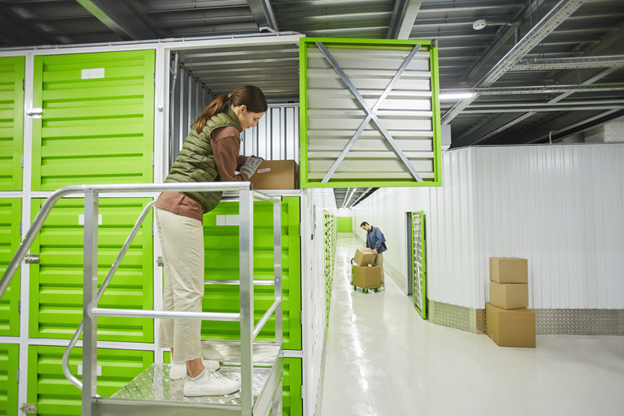
Since lightning fast delivery has become the norm, new industrial building construction is moving as close to residential areas as possible. When this isn’t an option, more creative solutions are required. One such innovation is the creation of “dark stores.” Dark stores are large industrial buildings, such as warehouses, outfitted for order fulfillment or “click-and-collect” services.
“Logistics hotels” are another recent addition to the industrial lexicon. A logistics hotel provides a series of logistics-based solutions for a variety of companies, all under one roof. By employing dark stores and logistics hotels, smaller companies are able to beneficially position themselves while lessening the margin of error for delivery problems.
Up and Away
The primary challenge to simply constructing more industrial buildings is that cities only have so much land with which to work. Therefore, open-minded industrial investors are taking inspiration from highly concentrated areas in China, South Korea, and Japan with designs that may be more conducive to future development. In these countries, developers have popularly adopted a multi-story warehouse model that bypasses land shortage by building upward instead of outward.
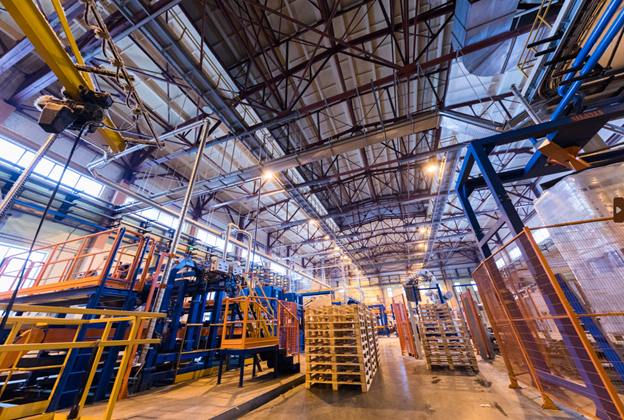
In some cities, local governments are re-evaluating height restrictions levied against industrial buildings. Even if these buildings don’t adopt a multi-story design, they can accommodate more production and storage by raising the height of their single-story. Take a drive through Vernon or similar areas and you’ll find industrial buildings being torn down to make way for larger, more voluminous designs.
Smart Industrial Buildings
Industrial buildings are also adopting modern technology to embrace the evolving business model. Buildings equipped with state-of-the-art smart features use data collection, analytics, and automation to improve efficiency, security, and more. Let’s take a closer look at how smart buildings are revolutionizing the industrial landscape.
Heightened Efficiency
By employing cutting-edge automation, modern industrial buildings are setting new standards of productivity while saving businesses money. With menial tasks being relegated to automation, employees can give their full attention to more critical responsibilities, lending to a more robust reliability. Automation also taps into analytics and data collection to predict more complex consumer behavior and pivot order fulfillment accordingly.
Energy Conservation
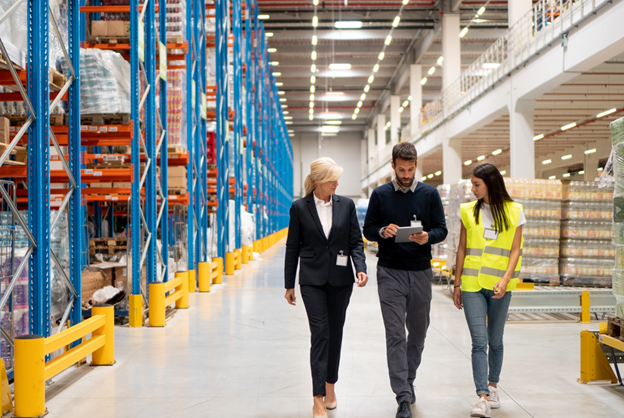
Industrial buildings outfitted with energy management technology help to regulate a business’s carbon footprint. Atmospheric conditions are monitored and automatically adjusted for employee comfort, product storage, and lighting needs. Advanced systems can even track routine maintenance schedules and a building’s technological health.
Tighter Security
Breakthroughs in artificial intelligence have elevated video surveillance capabilities in industrial buildings across the world. Security teams can monitor a building remotely, manage access credentials, and even reduce an owner’s liability.
Interconnected Communication
The interconnectivity of smart systems makes it easier for management to communicate with anyone from remote investors to vendors. But smart technology also allows the various operating systems throughout industrial buildings to communicate with one another and work with precise synchronicity. It’s yet another way that operations run more smoothly and reliably in the modern industrial sector.
The Future of Industrial Investment
While the future is arriving quickly, the industrial sector is more than ready to receive it. It’s why this reliable asset class continues to garner the attention of savvy investors who want a property that can change with the times. If you’re considering commercial investment and you’re curious about how industrial buildings might bolster your portfolio, give me a call today!

